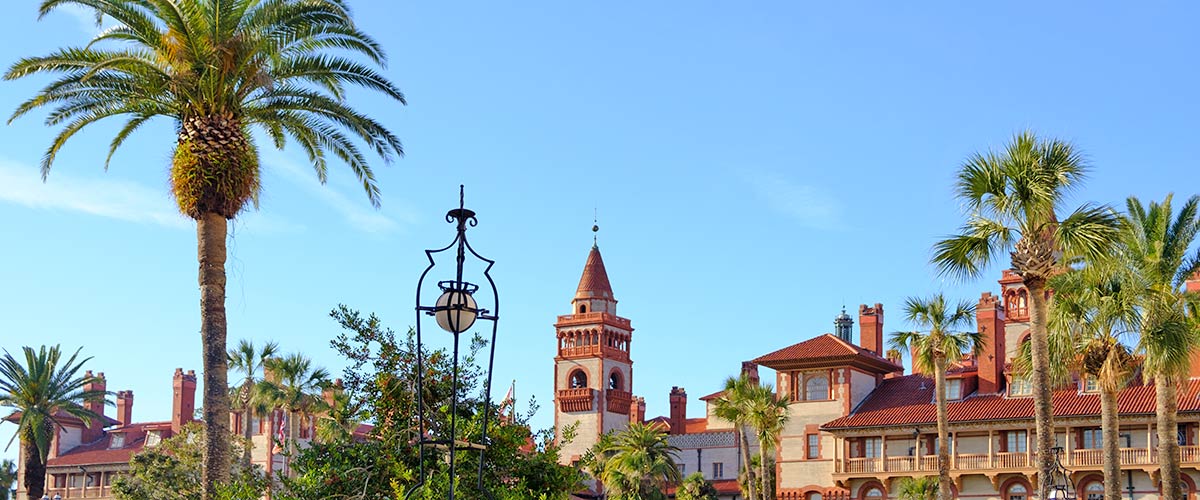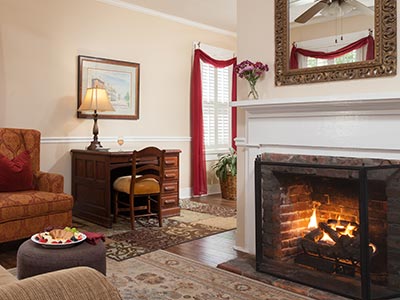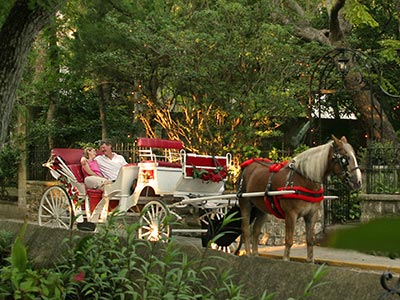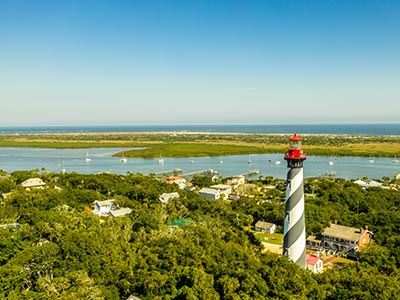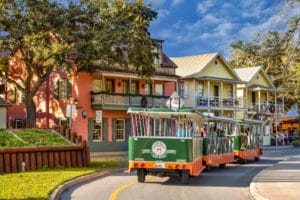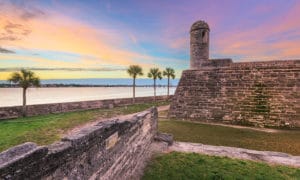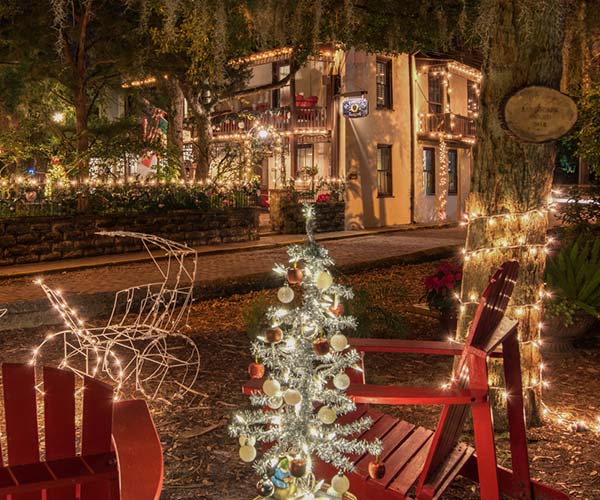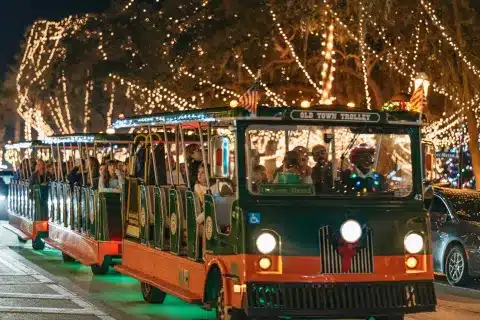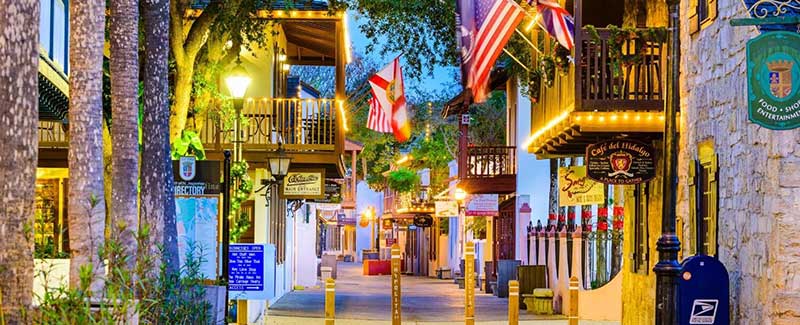 Article and Picture from the St. Augustine Record January 16, 2011:
Article and Picture from the St. Augustine Record January 16, 2011:
Every morning for the past week, St. Augustine city archaeologist Carl Halbirt and a handful of volunteers worked in the cold to uncover what may be a very big part of St. Augustine’s colonial history.
Halbirt and his team spent the past few days at a dig site on State Road A1A across from the Castillo de San Marcos sifting through the soil between the No Name Bar and Liquor Store and the White Lion Restaurant across from the bayfront. This property, which was dug up to create a new trolley pull-in station, soon became one of Halbirt’s biggest archaeological digs, and may also hold one of his biggest finds.
“I think the post holes and large soil stains we’ve found so far are potentially associated with an early fortification,” Halbirt said. “This could very well be one of the early wooden forts built in St. Augustine before the Castillo de San Marcos.”
Halbirt uncovered large soil stains while excavating the area alongside the roadway, he said. These stains show remnants of old wooden posts once used to hold up bigger structures. The size of the post holes indicate that Halbirt and his team may have stumbled upon the corner of a very big structure, he said.
“We’re looking at a large structure, at least 14-feet in diameter that dates to the early colonial period prior to the 1700s,” Halbirt said. “It looks like something built in the late 1500s to early 1600s.”
The building may be one of three wooden forts that were built in the 16th century before the Castillo de San Marcos. But the structure could also be the remnants of a large warehouse, boat house or even a labor camp used while the Castillo was being built, he said.
“There were three wooden forts that were burnt down before the Castillo that we know very little about,” he said.
From what Halbirt has studied in the ground so far, the building looks as though it is sitting at a right angle and may extend into what is now the A1A roadway. Although the dig site won’t expand farther than what has already been dug up, Halbirt said there is still plenty of information and artifacts to find.
Beside the post holes and soil stains, Halbirt recovered completely intact glass bottles, an ornate candlestick holder, shards of colored pottery, plates and animal remains.
The archaeological team also found trash pits dating from the 19th century, and a large construction well that dips five feet deeper than the excavation, Halbirt said.
Halbirt is unsure how long he and his team will excavate the site, but he does think it will be a few weeks before they know for certain what they’ve found.
“I hope to have some other historians and archaeologists come out and see the site,” Halbirt said. “It would be good to see what their ideas and interpretations are of all this.”
*
Discovery to be exhibited
The newest archaeological finds from a dig on the small strip of land on State Road A1A across from the Castillo de San Marcos will soon be created into an exhibit as apart of a renovation to the Spanish Quarter, according to Dana Ste. Claire, executive director for the Spanish Quarter department.
The City of St. Augustine began construction this week, with a vision of a new entryway to the Spanish Quarter and a colonial village-like interactive museum, Ste. Claire said. The original plans included a new boat building project and maritime history museum. But recent findings by city archaeologist Carl Halbirt have changed the plans for the new interactive museum.
“We couldn’t ask for a more ideal site to focus on now that we know Carl Halbirt has found something so significant here,” Ste. Claire said.
After completing a new pull-in station for trolleys, Ste. Claire said construction will begin on a boat building project and interactive public archaeological display. The new Spanish Quarter village will have a program that delves into what it’s like to be an archeologist, Ste. Claire said.
“It’s important for people who come here to see and explore the role of an archaeologist,” he said. “Visitors will be able to see how archaeologists have played a major role in piecing together the history of St. Augustine.”
In this program, visitors will be able to see firsthand a true excavation site, the one which Halbirt and his team have been working on this week, he said.
The new project will also serve as an interpretive center for colon
ial maritime activity and offer information to visitors about the Nation’s oldest port, the Matanzas Inlet and the important rolls they played in the historical and cultural development of St. Augustine, Ste. Claire said.
“We’re going to build a colonial period vessel from the 16th century in partnership with the Maritime Heritage Foundation as a part of the 450th celebration,” Ste. Claire said. “I don’t think there’s a more appropriate place to create a 15th century shipyard and village.”
Although construction for the new village has begun, Ste. Claire hopes that it will all come together with in the next few years.
“A new entryway will give visitors access not only to the Spanish Quarter, but the Castillo de San Marcos and the new Pirate Museum,” Ste. Claire said.
Story written by: Justine Griffin of the St. Augustine Record

